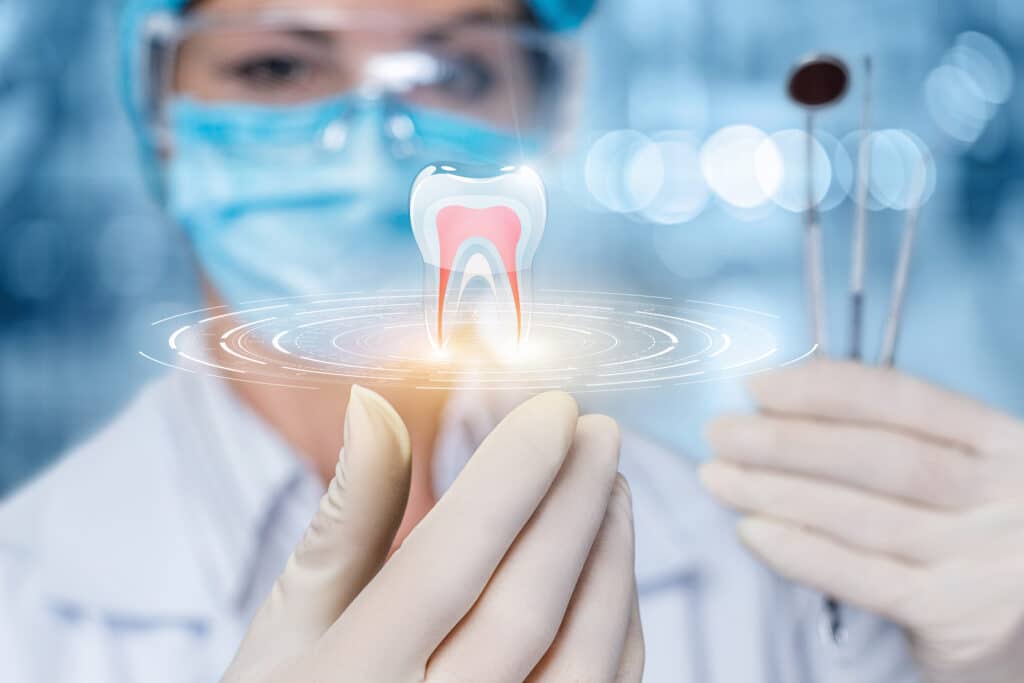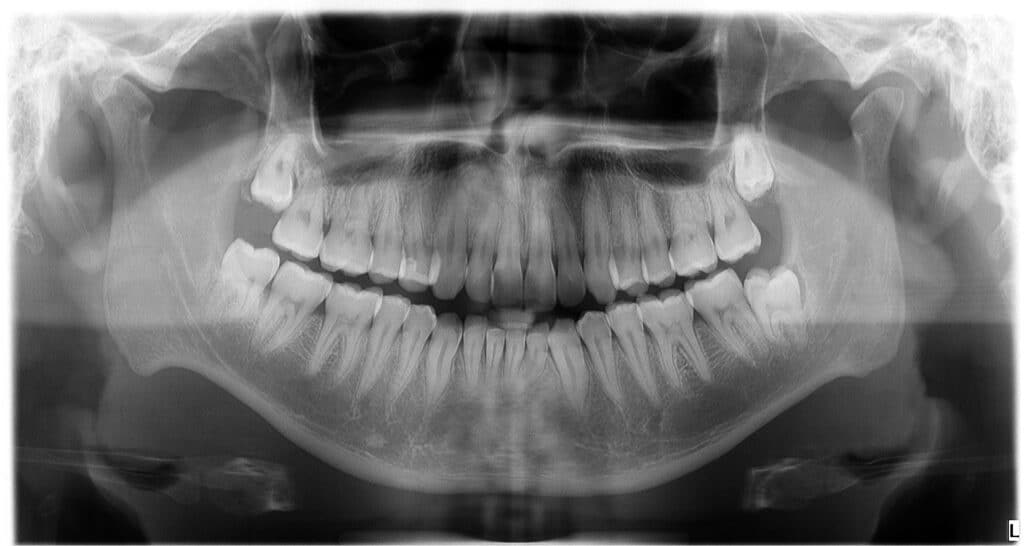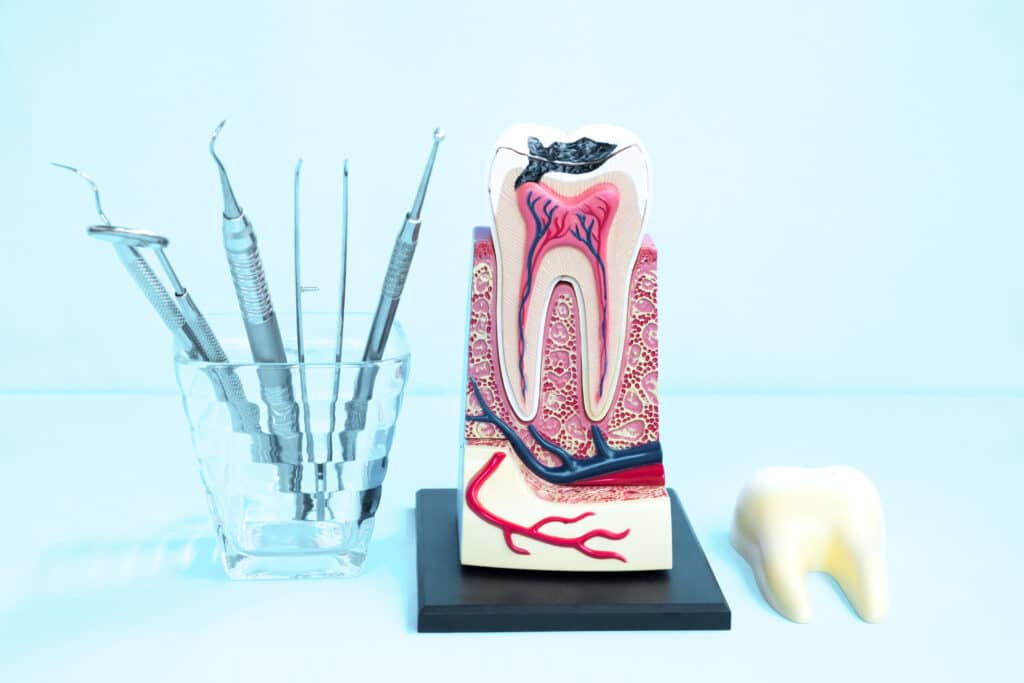
7 Shocking Facts About the Google Memory Game You Never Knew
We all have our favorite memory games, but did you know that Google has entered the ring with an impressive array of neurologic challenges for

Human teeth are composed of several materials that work together to provide support and protection for the mouth. Enamel, a hard, white substance at the outer layer, is made up mainly of densely packed crystals of calcium phosphate minerals; this makes it extremely strong and resistant to wear-and-tear.
Underneath the enamel lies dentin, a yellowish mineralized tissue which helps safeguard what’s inside a tooth from physical trauma or decay. Dentin is formed by cells called odontoblasts which secrete proteins and collagen fibers into what was once pulp tissue to create this protective barrier.
At the core of every tooth lies a hollow cavity filled with nerves and blood vessels – known as the dental pulp. This pulp gives teeth their sensitivity while providing them with nutrition from food consumed, plus it helps form new dentine if required.
Finally, cementum surrounds each tooth’s root and connects it to surrounding gums and jawbone. Cementum is composed of collagen fibers and minerals like calcium phosphate that provide support for the tooth in its socket.
Overall, human teeth are composed of various materials that work together to protect your mouth and allow you to chew food efficiently. Understanding what makes up a tooth can help people better take care of their teeth over time and keep them healthy for years to come.

Tooth enamel is a highly specialized hard tissue composed of an inorganic mineral matrix and organic components. It covers the outermost layer of teeth, protecting them from bacteria and environmental factors. Enamel primarily consists of hydroxyapatite and carbonate apatite minerals with 96% mineral content – calcium, phosphate, fluoride, magnesium making up 96%. The remaining 4% is proteins and lipids which help bind these minerals together while providing flexibility.
Enamel’s mineral composition gives it strength and protection from decay, but also makes it vulnerable to environmental factors like acidic foods or drinks which can erode the enamel over time. Brushing with fluoride toothpaste helps restore lost minerals back into enamel to repair any damage done and make enamel more resistant to future acidity-caused decay.
The structure of tooth enamel is intricate; it consists of two main parts: rods (prisms) and interrod Sheaths (interprismatic substance). Rods are small tubular structures arranged throughout the enamel, each having an inner core filled with organic material called dentinoid that provides flexibility, and surrounding it are walls made up of inorganic substances like hydroxyapatite crystals or calcium carbonate. Interrod sheaths add additional strength to these rods by binding them together while still allowing flexibility between them so they can move independently when exposed to pressure or heat shock waves.
Tooth enamel has an incredible combination of mineral content, crystal structure, protein content and water content that make it both strong and malleable. Estimates suggest tooth enamel can be up to 10 times harder than bone due to its unique composition! Moreover, due to high levels of calcium present within, tooth enamel resists wear from everyday use while providing extra protection from decay caused by food or brushing teeth. Finally, its porous structure allows essential nutrients like fluoride, calcium or phosphates to be absorbed directly into teeth for extra protection against decay.
Dentin is the hard yet flexible tissue that forms the bulk of each tooth, serving as a support system for its enamel and other outer layers. Composed of collagen fibers, mineralized matrix, and organic ground substance, dentin provides structure and support to teeth while acting as an impermeable layer between them.
Collagen fibers, found in dentin, act as structural reinforcement to give teeth strength and flexibility. They’re embedded within a mineralized matrix made up primarily of calcium phosphate salts such as hydroxyapatite which binds together with organic matter to form an scaffold-like framework which gives dentin its hardness and malleability.
Dentin is composed largely of proteoglycans, glycoproteins and glycosaminoglycans (GAGs). Proteoglycans are composed largely of long chains of sugar molecules which help hold water molecules together to form a gel-like consistency similar to jelly or glue; this makes dentin more durable and less prone to cracking or fracturing under stress or pressure.
Glycoproteins, composed of both sugars and amino acids, give dentin its elastic qualities as well as helping repair any damage it has endured over time. GAGs (Gum arabidide units) act as lubricants between cells by decreasing friction when they rub against one another, making dentin even more resistant to wear or damage.
Together, these components work synergistically to protect teeth from years of chewing, biting, grinding and other mechanical forces associated with oral hygiene activities like brushing or flossing without major damage over time. Furthermore, microtubules found inside dentin provide pathways for nerve cells from the pulp cavity outward towards the enamel surface; we feel vibrations through nerves when our teeth come in contact with things such as cold beverages or hot foods on a regular basis.

Tooth pulp is the living tissue found inside the center of a tooth. It is made up of several components that serve different purposes.
The primary component of tooth pulp is vascular tissue, composed mainly of connective tissues and blood vessels. These provide nourishment to the tooth by providing oxygen and nutrients to its cells. Furthermore, blood vessels help regulate temperature within the tooth as well as remove metabolic waste from it. Furthermore, this vascular tissue contains several nerve endings that run from root to crown of a tooth – giving us feelings such as pressure or pain when we experience dental issues.
Fibroblasts are another essential element of tooth pulp; these cells secrete collagen fibers to act as scaffolding for other cellular components inside. Furthermore, fibroblasts produce substances like ground substance and glycoproteins which attract cells involved in repair processes following injuries or trauma to a tooth.
Tooth pulp contains dentin-producing odontoblasts and macrophages, cells involved in immune responses. These macrophages interact with bacteria surrounding them and can easily destroy any harmful microorganisms that enter our mouths through ingestion.
When a dental injury causes damage to a tooth’s enamel, it causes irritation of the underlying tissue and increased sensitivity in that particular area. This irritation irritates nerve endings within our tooth pulp, creating an uncomfortable sensation.
Dental fillings are materials used to repair or replace decayed or damaged tooth structure. They may be made of various materials, but the most popular types include amalgam, composite resin and glass ionomer cement (GIC).
Amalgam is one of the oldest filling materials, composed from an alloy of liquid mercury and other metals such as silver, tin, copper, and zinc. While durable and cost-effective, its silvery hue can make it highly visible in the mouth; thus many patients opt for alternative materials due to this aesthetic drawback.
Composite resin fillings are composed of plastic resin and quartz-like particles which harden when exposed to light. They’re applied directly into cavities before curing with either UV or laser light sources for aesthetic effect, matching the natural enamel color. However, composite resin fillings tend to break down faster than amalgam fillings and need replacement more frequently in the long run.
Glass ionomer cement (GIC) is made from an acrylic acid powder that mixes with water to form a paste-like substance that hardens after application. It bonds well with tooth enamel and dentin, making it perfect for sealing cavities near gum lines where other materials may fail. Glass ionomer cement has excellent abrasion resistance which means it lasts longer than composite resin but may not be strong enough for larger cavities or molars. Furthermore, GIC lacks the aesthetic appeal of composite resin since it cannot match up to enamel colors like composite resins do.
Overall, all three dental filling materials have their own distinct advantages depending on individual cases: amalgam is cost-effective but visible; Composite Resin provides great aesthetics but wears faster; GIC offers excellent abrasion resistance but lacks aesthetic appeal compared to composite resins; thus dentists must carefully consider which material best meets each patient’s needs while still promoting optimal oral health in the long term.
What exactly are teeth made of? If you don’t know now, you won’t ever find out!

We all have our favorite memory games, but did you know that Google has entered the ring with an impressive array of neurologic challenges for

Einstein’s Universal Appeal: Exploring the Global Impact of an Iconic Genius in 2023 Why Does the World Remember Einstein as a World Citizen? What is

I genuinely dislike computer science, but that won’t stop me from earning my degree by 2023. It’s no secret that computer science classes can be

In the early days of Instagram, getting verified was considered a sign of honor. That little blue checkmark next to your name indicated you were
† These statements have not been evaluated by the FDA. This product is not intended to diagnose, treat, cure, or prevent any disease.